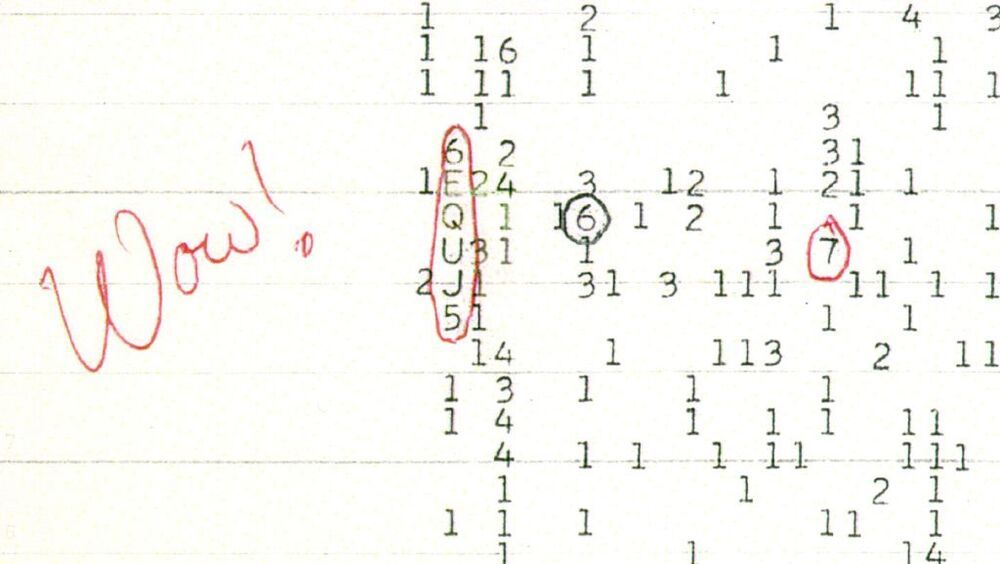This is a story about math educator Mark Saul, and his Math on The Border program for migrant children. Mark and his team are trying to work with these children, and to encourage them. Mark is not only one of the best math educators in the world, he is also an amazing human being.
Having an opportunity to use one’s brain is a basic human need, says Saul. Back at the Templeton Foundation, he studied under-exploited human capital and the boundless human potential. Despite their difficult past and uncertain future, migrant children are eager to build their math skills. Resourceful and resilient in the face of failure, they reshuffle the pieces and try again. They work in groups and make new friends along the way. Many of them are highly gifted – Saul can attest to that. It doesn’t take him long to see what these children, abandoned by life, are capable of with just a little encouragement. And he can tell from the looks on their faces how delighted they are at having their abilities recognized and valued.






